The Odd Couples of “Drive-Away Dolls”
Ethan Coen’s horny homage to American film history’s many strains of queer comedy highlights the collaborative aspect inherent in his project as a director.
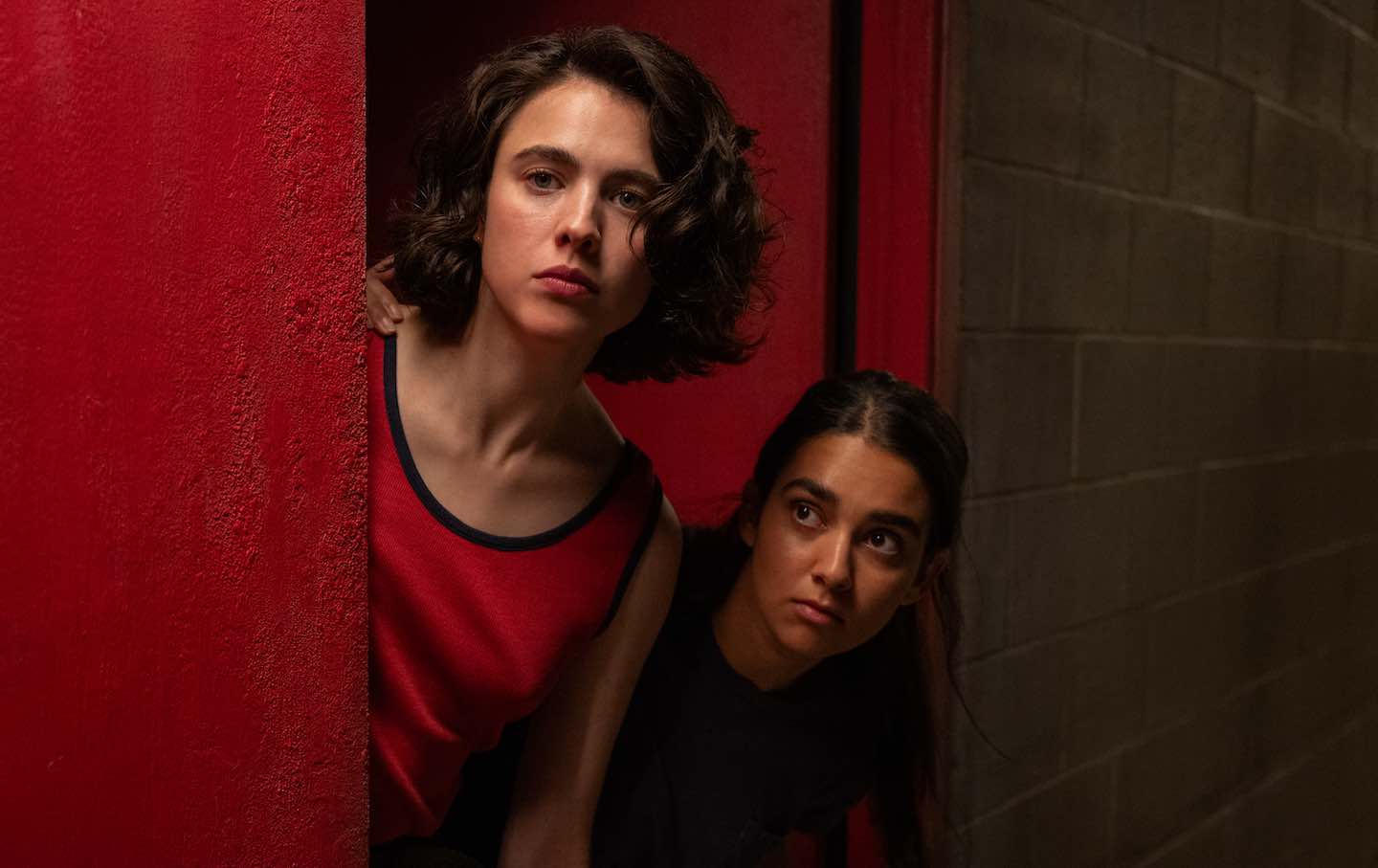
Margaret Qualley as “Jamie” and Geraldine Viswanathan as “Marian” in Ethan Coen’s Drive-Away Dolls.
(Photo by Wilson Webb / Working Title / Focus Features)Three sets of couples intersect in Ethan Coen’s Drive-Away Dolls. The first is the film’s main duo: Jamie (Margaret Qualley) and Marian (Geraldine Viswanathan), two lesbian roommates and eventual lovers so eager to escape their lives in Pittsburgh, circa 1999, that they take on a job to drive a car from western Pennsylvania to Tallahassee, Florida. But the pair are accidentally given a car loaded with illicit cargo that was reserved for hired goons also headed to Tallahassee. Jamie and Marian are none the wiser about their unintentional involvement in a criminal conspiracy, at least for a while. As the henchmen race to track them down, the duo’s bond deepens despite their archetypal clashing personalities, with the laid-back, sexually confident Jamie attempting to convince the uptight, prudish Marian to open up her heart—and legs—to love and lust.
Drive-Away Dolls’ creators constitute the second couple: Coen cowrote the film with his wife, Tricia Cooke, who also serves as coproducer and editor. Cooke’s identity as a queer woman informs the world of Drive-Away Dolls, which is replete with gay sexual expression, while Coen’s comedic sensibility saturates its florid dialogue and exaggerated violence. Their creative marriage generates the film’s dizzy tone, which has its precedents in sexploitation films, 1990s queer cinema, and buddy road comedies.
However, anyone familiar with the work of Joel and Ethan Coen—aka the Coen brothers—will inevitably feel their presence in Drive-Away Dolls, Ethan’s first solo fictional feature. In a way, the Coen brothers comprise Drive-Away Dolls’ third couple, since Joel’s absence hangs over the film. Following the release of the Coens’ western anthology film, The Ballad of Buster Scruggs, on Netflix in 2018, the brothers took a hiatus from their decades-long filmmaking collaboration. Since then, Joel has directed The Tragedy of Macbeth (2021), a Shakespeare adaptation headlined by Denzel Washington and Joel’s wife, Frances McDormand, while Ethan wrote A Play Is a Poem—a collection of five one-act plays—and directed the archival documentary Jerry Lee Lewis: Trouble in Mind (2022). Though the brothers reportedly plan to work together again, the trashy pleasures of Drive-Away Dolls fits interestingly into their collective oeuvre: More than any of the solo work they’ve undertaken, this minor-key comedy highlights the evolving mechanics of their partnership. While Ethan’s film forges a different path—purposefully slapdash direction, an emphasis on community relations—it unintentionally illuminates Joel’s contributions. Drive-Away Dolls still operates under the “two heads are better than one” principle, and yet the choice of heads matters a great deal.
In an interview with People magazine, Tricia Cooke argues that the Coen brothers make “highbrow movies,” while she and Ethan make lowbrow ones. It’s sort of understandable why she would make this distinction: Drive-Away Dolls is a ribald comedy about the beautiful power, and the potential political consequences, of getting laid. It includes goofy wipe transitions, corny sound effects, and chintzy psychedelic VFX. The humor is, to put it politely, silly; sight gags of dogs humping and guys getting hit in the groin abound. Formally speaking, Drive-Away Dolls—or, as it is cutely titled onscreen, Henry James’ Drive-Away Dykes—doesn’t present itself as a “prestige picture.”
The Coen brothers may not indulge in such campy techniques, but that doesn’t mean their films aren’t largely populist. They work within meat-and-potato genres: westerns, screwball comedies, crime thrillers. Their broad comic streak dates back to Raising Arizona (1987), which features Nicolas Cage sporting Woody Woodpecker–style hair and an over-the-top Southern accent while engaging in slapstick comedy with babies and bikers. Indeed, the Coen brothers have become synonymous with an inimitable combination of the silly and the solemn, the cartoonish and the profane. (Their punch lines aren’t complete if the laughter isn’t accompanied by a wince.) If the Coens could ever be considered “highbrow,” then it’s only relative to contemporary Hollywood, and even Marvel directors are technically genre filmmakers.
It’s not difficult to draw a line between, say, the Coens’ fondness for regional patois and Margaret Qualley’s affected Texas twang, or the use of phrases like “slapping ham on the veranda” with just about any line of overly ornate dialogue in O Brother, Where Art Thou? (2000). In fact, since the script for Drive-Away Dolls dates back to 2002, it’s easy to spot certain images in Ethan’s film that rhyme with the Coens’ post-2000 work. In flashbacks, we witness a young Marian experience a sexual awakening when she drills a hole through a white picket fence to spy on her topless neighbor, like a perverted Tom Sawyer; in A Serious Man (2009), Larry Gopnik similarly spies on his topless neighbor amidst his various personal crises.
The Coen brothers have been notoriously resistant to discussing their films, which inevitably leads to plenty of projection on the part of the press, yet Drive-Away Dolls seems to confirm what previously could only be inferred: Ethan will go for the gag, and Joel will temper it with gravitas. When Macbeth was first announced, it made sense that Joel would be adapting it, since Shakespeare’s play is a perfect fit for a Coen: A hugely ambitious yet shortsighted man falls down a rabbit hole of violence until he gets what’s coming to him. Yet despite some compelling imagery and a couple of standout performances, the film’s strained austerity—partly influenced by the work of Carl Theodor Dreyer—felt lacking, even as it marked a departure from Joel’s work with Ethan.
There’s little point in justifying the humor in Drive-Away Dolls; you either find it funny when, say, Qualley goes cross-eyed after furiously masturbating with a dildo molded from a conservative senator’s penis, or you don’t. Both Coen and Cooke express an admirable indifference to notions of “good taste,” much like the B-movies to which they’re paying tribute. As the Hays Code’s moral governance faded away in 1960s Hollywood, a low-budget exploitation market became viable and popular. Sex, violence, and a base sense of humor became the main selling points, and unabashed tastelessness often seeped into the direction and editing.
Yet it’s a mistake to assume that these films were brain-dead or devoid of formal interest; after all, exploitation films produced the likes of Roger Corman and George Romero, not to mention John Waters and Russ Meyer, two obvious influences on Drive-Away Dolls. These directors frequently filtered countercultural political messaging through their films, sometimes with subtlety and at others with a hammer-like bluntness. In their own cheeky way, Coen and Cooke use Drive-Away Dolls to explore an earlier era of rising conservatism, at a time when the hangover from 1960s and ’70s hedonism still lingered. Senator Channel (Matt Damon), a “family values”–style Florida politician who would almost certainly oppose the “gay agenda,” finds himself in secret negotiations with Jamie and Marian to reacquire a briefcase filled with the plaster-cast molds of genitals belonging to powerful elites. Psychedelic flashbacks confirm that “groovy chick” Tiffany Plastercaster (an uncredited Miley Cyrus) molded a dildo from Channel’s penis many moons ago.
“We didn’t deserve this commodification,” Senator Channel ruefully mutters as he stares at the dildo-filled briefcase. The real Plaster Caster—born Cynthia Albritton—created molds of male genitals (and later, for gender parity, female breasts) belonging to musicians like Jimi Hendrix and Wayne Kramer as art pieces. Coen and Cooke reimagine the visual artist as a spiritual visionary whose creativity could conceivably alter the balance of power. The counterculture might have long since died, but every now and then, it can still have its revenge.
Despite their tonal differences, Drive-Away Dolls carries a strong connection to The Big Lebowski (1998), the Coen brothers’ film about a ’60s relic who embraces his past and desperately tries to maintain a hold on his corner of the world, even as he lives through another increasingly angry and fractured decade. Political readings of The Big Lebowski abound, especially with relation to the Gulf War hanging over the film’s events, but the Coens crucially allow its setting to inform the film without turning it into a hoary allegory. Real-life political and social context always crawled its way into the Coens’ work: The specter of encroaching fascism, and the tendency to underestimate it, provides a key foundation for the surreal horrors of Barton Fink (1991); on the flip side, the McCarthyite panic around communism permeates the showbiz comedy of Hail, Caesar! (2016).
In Drive-Away Dolls, on the other hand, Ethan Coen and Tricia Cooke treat the lead-up-to-Y2K setting as a backdrop, and not a particularly consistent one. Most of the time, the film seems to embody the culture of George W. Bush’s first term, and a late reference to legalized gay marriage in Massachusetts would only make sense if Drive-Away Dolls were set in 2004 instead of 1999. The film generally has an elastic sense of reality—it’s hardly concerned with the plausibility of traversing wide swaths of the country by car in short periods of time, or whether gunshots can be heard indoors—so splitting temporal hairs is probably a fool’s errand.
Popular
“swipe left below to view more authors”Swipe →One could argue that Coen and Cooke deliberately sacrificed political salience for refreshingly bawdy energy, as characterized by their own “unconventional” relationship. Cooke previously served as an assistant or associate editor on the Coen brothers’ films dating back to their Dashiell Hammett riff Miller’s Crossing (1990). She and Ethan became friends and eventually married despite Cooke being queer; they raised two children together, but both had different partners. This union of different backgrounds bonded by polyamorous love clearly suffused the creative division of labor in writing Drive-Away Dolls.
Cooke’s involvement here ultimately separates Drive-Away Dolls from the Coen brothers’ films in obvious, meaningful ways. She reportedly used her experiences in lesbian bars and activist circles to flesh out the characters, and Drive-Away Dolls crucially emphasizes “queer community” throughout. Jamie and Marian find kinship with their fellow lesbians everywhere they go, whether it’s in bars or with a traveling girls’ soccer team. With a few notable exceptions, the Coen brothers’ films tend to emphasize the individual plight over the communal experience, dating back to their first feature, Blood Simple (1984), in which M. Emmet Walsh’s crooked private eye intones over a barren Texas landscape: “Down here, you’re on your own.”
Still, Joel and Ethan Coen were always more softhearted than their reputation as mean-spirited ironists suggests. Their films are filled with palpable compassion for the dopes who find themselves in over their heads or the righteous losers who are just trying to do the right thing, and the cosmic fate that often punishes their characters is always presented with a mixture of smirking inevitability and genuine tragedy. (Preston Sturges and Franz Kafka serve as their artistic forebears.) In Drive-Away Dolls, Jamie and Marian have their roots in various relationships speckled across the Coen brothers’ filmography—especially H.I. and Ed in Raising Arizona, who share the same reckless-versus-straitlaced divide—but their union of opposites also mirrors both Ethan Coen and Tricia Crooke and Ethan and his brother Joel. Unlikely marriages come in all forms, and they even occur within the same family.
More from The Nation
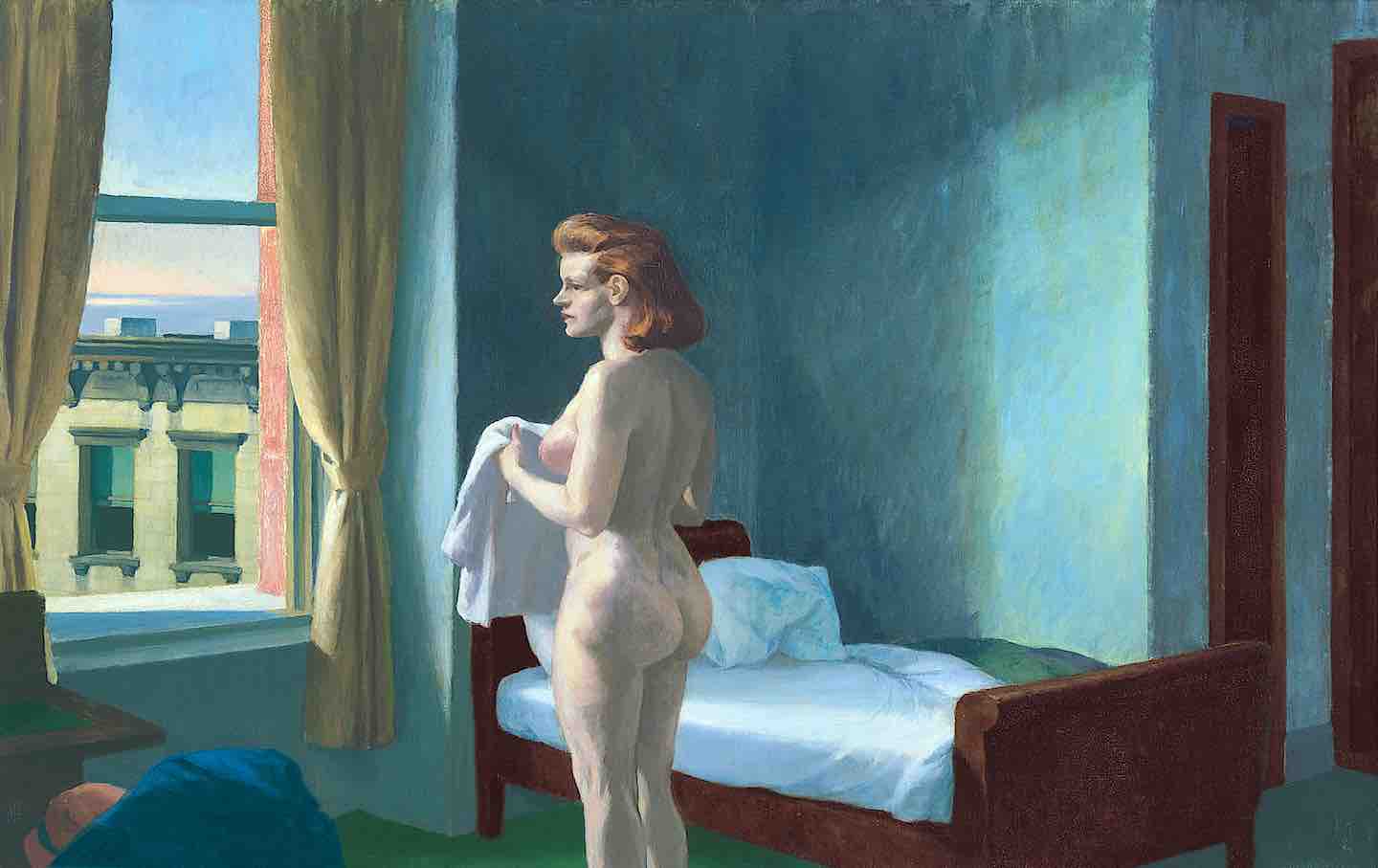
The Harrowing Ardor of Heather Lewis The Harrowing Ardor of Heather Lewis
Her fiction was miscast as merely transgressive. Rather, her novels were interested in understanding life in its most unvarnished and unmediated.

What the Paiva Family Means to Brazil What the Paiva Family Means to Brazil
In I’m Still Here, one Brazilian clan’s confrontation with the military dictatorship dramatizes the last half-century of Brazil’s democratic travails.
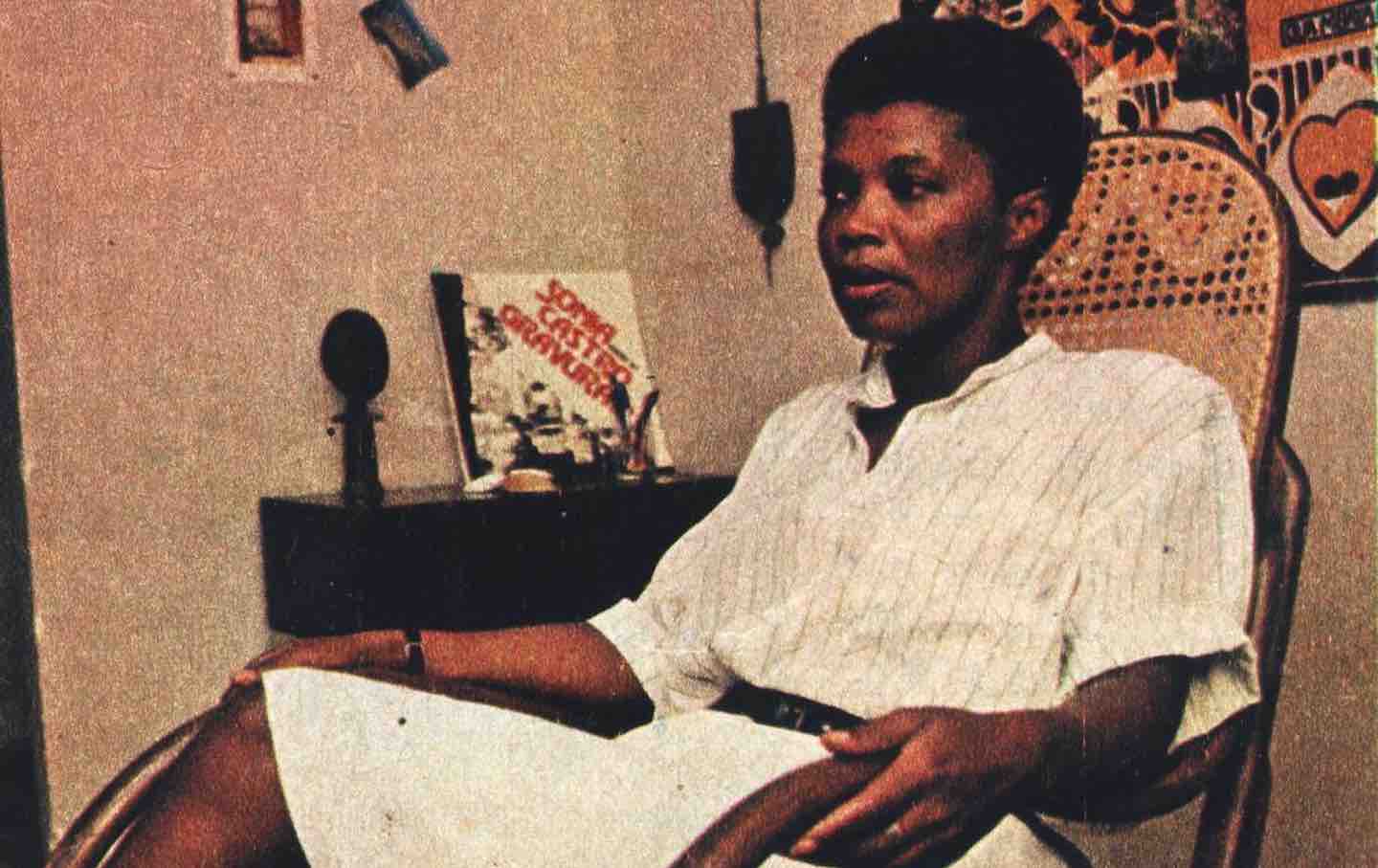
Beatriz Nascimento’s Histories of Afro-Brazilian Rebellion Beatriz Nascimento’s Histories of Afro-Brazilian Rebellion
The scholar, poet, and filmmaker devoted her life to sketching out a revisionist historiography of resistance in Latin America but also the world.

“The Pitt” and the Gritty Return of the Hospital Drama “The Pitt” and the Gritty Return of the Hospital Drama
In the frenzied medical drama, the limits and problems of the healthcare system serve as the basis for the show’s plot.
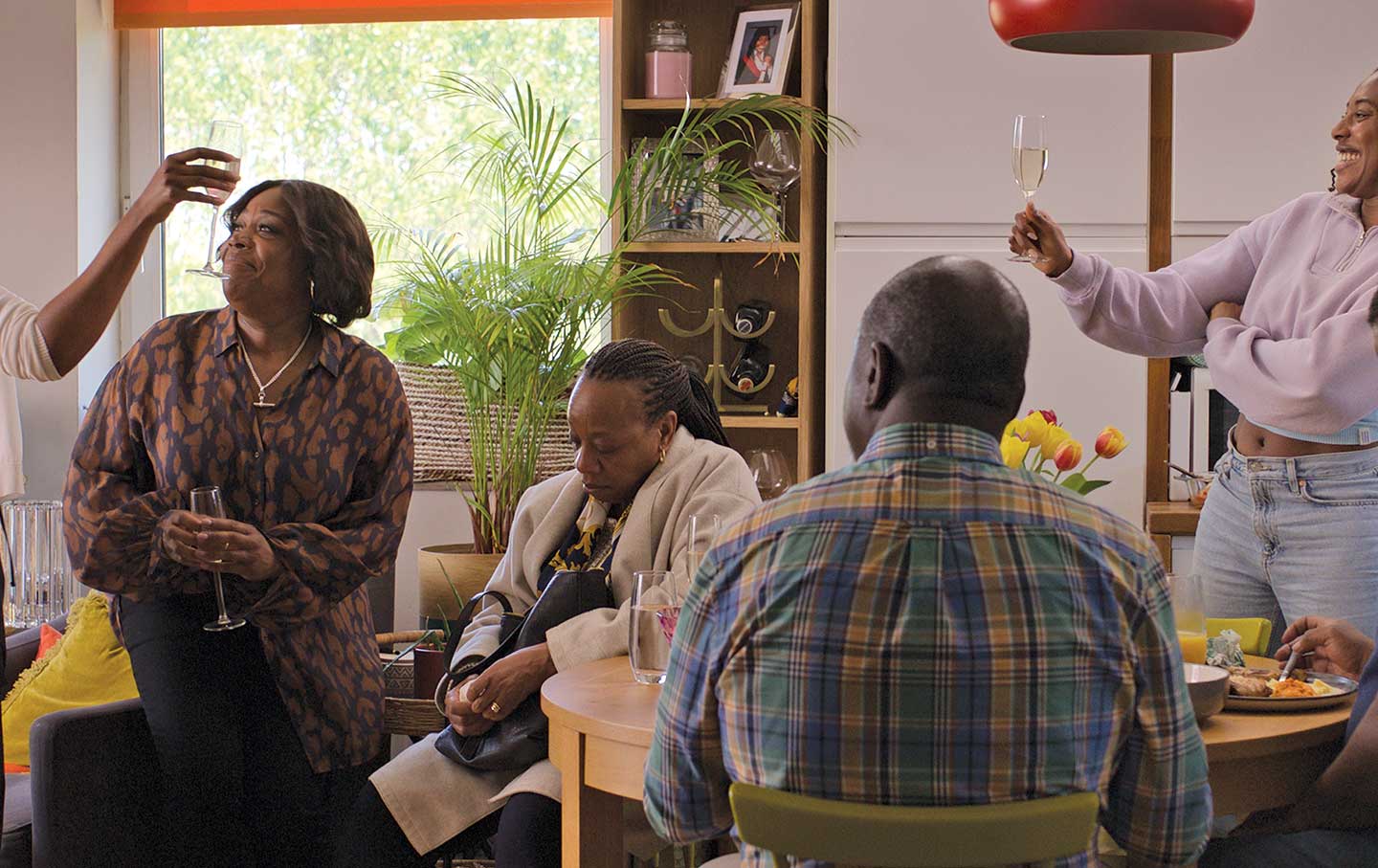
The Uncomfortable Genius of Mike Leigh The Uncomfortable Genius of Mike Leigh
In “Hard Truths,” Leigh reminds us that a family dinner can tell the story of a whole society.
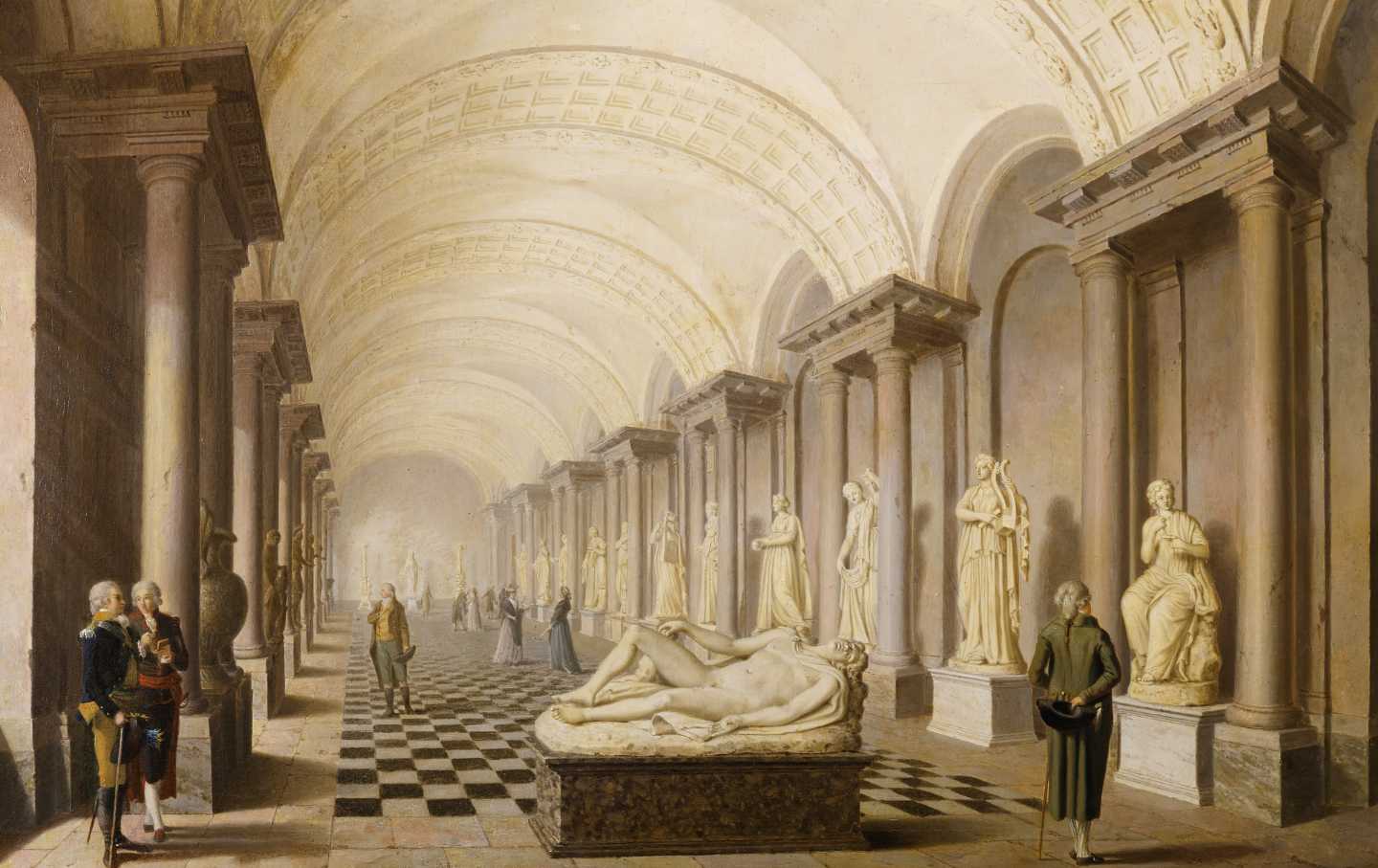
The Real Problem With Trump’s Cheesy Neoclassical Building Fetish The Real Problem With Trump’s Cheesy Neoclassical Building Fetish
Sure, it’s a dog whistle for “retvrn” types and the results are tacky—but that’s not the worst part.


